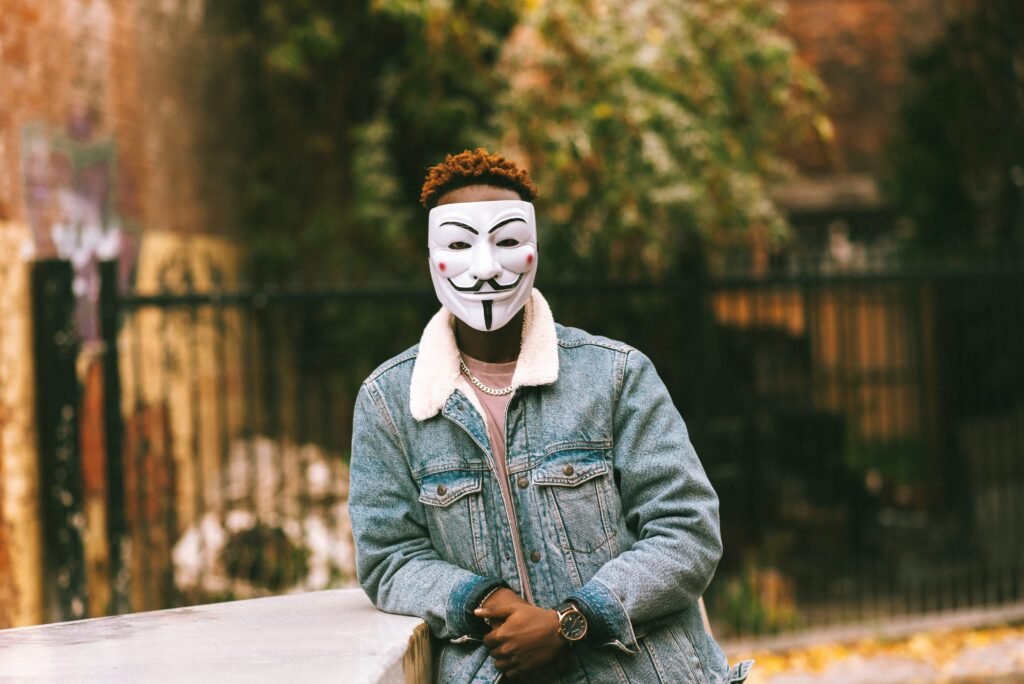In the world of films, comics, and other creative mediums a fictional character plays an important role in captivating audiences. A fictional character is an imaginary person represented in a work of fiction, the most well known examples being Mickey Mouse, Woody in Toy Story, or Tintin from Hergé. Their characters are featured in various mediums, books, movies, and video games. Fictional characters are regarded as creative works and hence it is necessary to safeguard these with the help of Intellectual Property Rights. These characters hold a significant pecuniary value and provide the owners of the character ample avenues for earning money. For instance, Disney filed a lawsuit against three different day care centers for putting up a life size image of mickey mouse and mini mouse.
Copyright Protection to Fictional Characters in USA
The country has laid down multiple tests to decide the copyrightability of a fictional character. A character needs to be (i) original work; (ii) must have an element of creativity attached to it; (iii) must be presented in tangible form. The Courts of the US have devised various tests to determine whether a fictional character can be covered under copyright law, which is as follows:
- Story Being Told Test: The US Court of Appeals adopted this standard in the case of Warner Bros v. Columbia Broadcast System, which indicates that a fictional character can be copyrighted if it plays a crucial part in the narrative rather than being a figure that would carry the plot forward. If the character does not have a major role in the creative work, copyright protection will not be awarded.
- Character Delineated Test: One of the most notable tests that courts employ is this one. Also known as Nicholas Test, it was formulated in the matter of Nicholas v. Universal Pictures Corporation. It says that when a character has been developed to the point where it can be delineated from the tale, copyright protection may be granted. The less developed the character, the less it can be copyrighted. To determine whether a character is delineated a three-step test has been applied which are (a) the presence of physical and personality attributes specific to the character; (b) the presence of attributes identifiable in different contexts; (c) the presence of unique elements of expression which must be present through the narrative.
In another matter of Detective Comics, Inc. v. Bruns Publications, Inc., It was alleged that the character Wonderman infringed the copyright of the fictional character Superman as they had striking similarities. It was observed that Superman was delineated from Hercules and was the original work of the author. Due to the similarities between Superman and Wonderman the defendants were held liable. Also, in another matter of Walt Disney Productions v. Air Pirates Walt Disney, the cartoon character of Disney was being used in an adult counter-culture comic book. It was alleged that Air Pirates (Defendants) has infringed the copyright of Disney. It was held that to be distinctly delineated it is sufficient that character is visually depicted and hence there is no need for a story being told test.
Copyright Protection to Fictional Characters in UK
Fictional characters are not expressly protected by the UK’s copyright laws. The first important ruling of the UK Intellectual Property and Enterprise Court (IPEC) on the issue of whether a fictional character can be protected under UK Copyright law is Shazam Productions Ltd v Only Fools the Dining Experience Ltd & Ors. The Court determined that as long as a fictional character is identifiable and original, it can be protected by copyright as a literary work, noting that “Del Boy” from the popular British TV sitcom “Only Fools and Horses” (OFAH) is a protected work.
Copyright protection of Fictional Characters in India
Currently, there are no specific laws that provide protection to fictional characters. However, according to Section 13 of the Copyright Act, of 1957, which provides for the protection of original literary, artistic musical, and dramatic works, a fictional character can be protected under this work. There aren’t many decisions made in India that safeguard the copyright of fictional characters. Here are a few of the significant judgments:
VT Thomas v. Malayala Manorama
In this case the Malayala Manorama Co. Ltd. (Respondents) filed a copyright infringement against VT Thomas for creating cartoon series based on characters ‘Boban and Molly’. These characters were published even after the contract between the parties was terminated. The Court observed that fictional characters were not created during the course of employment and hence, the copyright subsisted with VT Thomas.
Raja Pocket Books Vs. Radha Pocket Books
In this case, the plaintiff claimed that the character they invented, called “Nagraj,” was similar to the defendants’ character, “Nargesh.” The court ruled in favor of the plaintiff by citing the similarity between the two characters, including their meanings, the color of the comic, and the fact that both were scaling walls and throwing snakes, among other things.
Conclusion
It is established through the analysis that the law regarding the copyrightability of fictional characters is underdeveloped in India and the UK. The US courts have taken the initiative to set criteria for including fictional characters in the copyright protection umbrella. The approach of Indian and US Courts for granting protection is different. In the US, the courts first analyze the character’s copyrightability before assessing the infringement. The entertainment sector is, nevertheless, growing quickly. Thus, it is anticipated that courts in both India and the UK will soon provide tests to establish whether fictional characters like the US are protected by copyright.
Contributors: Abha Shah and Muskaan Verma

